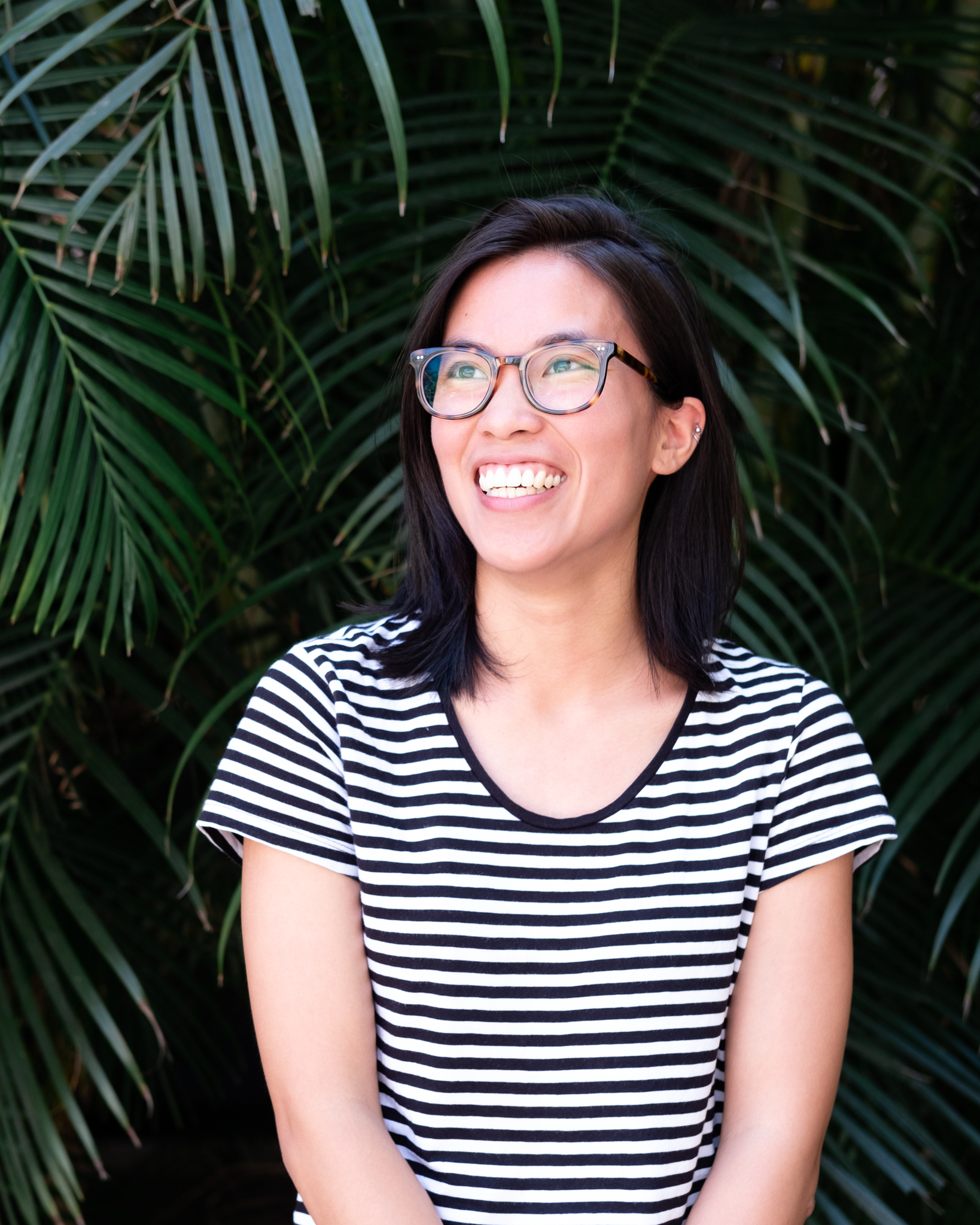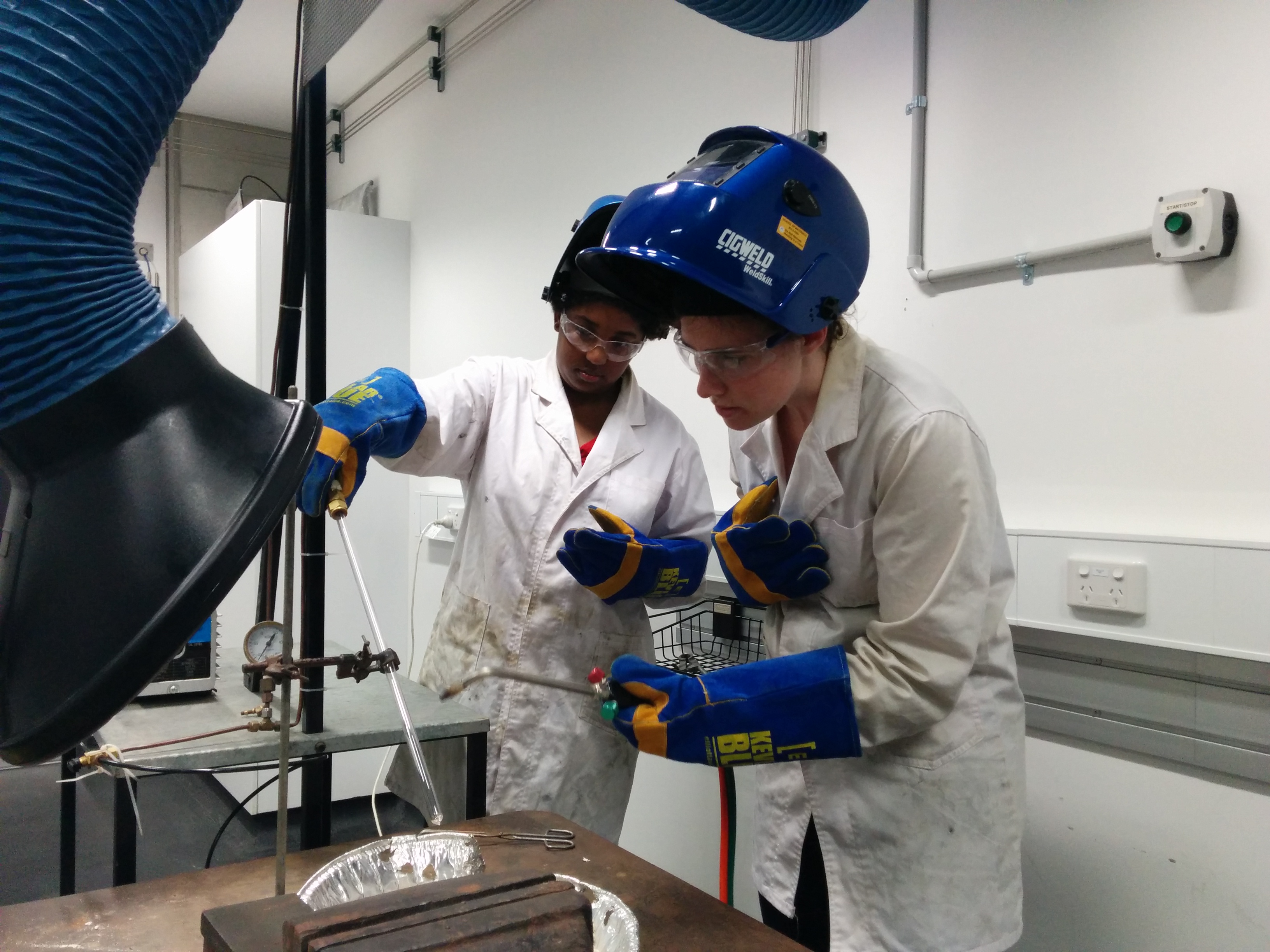By Charlotte Beloe

Most of us have a preconceived idea of maths as a dry, difficult subject… but is it really? Not according to Sara Loo; Research Associate in the School of Biotechnical and Biomolecular Science (BABS) and one of our Early Career Researcher Champions.
Sara’s research is in mathematical evolutionary biology. “Though the emphasis is more on the maths,” she clarifies. “One of my current projects is looking into bacterial evolution, so how pathogens mutate during infections.”
So what does that mean? “When a person is sick they often are infected with a number of different strains of bacteria. But as the epidemic spreads from person to person we don’t often see as much variation as we do in individuals,” explains Sara. “I look at how selection pressures can act on pathogens and their ability to spread.”
Where does the maths come in? Well, Sara’s work is all theoretical and computer-based. “I work on simulations of what might happen under different circumstances,” says Sara. “I’ve been playing around with simulating a nucleotide sequence and [seeing] how it may change under different selection pressures,” she continues. “My work brings together mathematical and evolutionary techniques.”
Interestingly enough, science was not Sara’s intended career path growing up. “I always wanted to be a journalist,” she muses. Both her parents are journalists by trade and she admits this may have guided her ambitions. However, going through school Sara found that she was good at maths and in fact quite enjoyed the logic of it. Following her new-found passion, Sara did a degree in Medical Mathematics at the University of Wollongong. Her interest in how maths applied to sciences fuelled her desire to learn more and pursue her current career.
Through her education and research Sara has found maths to be rather different to what we might assume. “I think people don’t realise how creative [maths] can be,” says Sara. “It’s just about trying to solve problems in as simple a way as possible, and often that requires a lot of creativity.”

So what is life like outside of work for Sara? Well she has quite a number of interests including listening to music, playing the piano, running, reading novels, thinking about culture and… data visualisation? “That’s actually my little claim to fame,” laughs Sara, and it’s true! She and her brother analysed Kanye West’s lyrics and links to spirituality… which was retweeted by none other than Kim Kardashian!
So what does the future hold for Sara? Well in the long-term her passion for journalism hasn’t left her. “I would really like to get into science communication; I really enjoy writing.” she says. It’s a pursuit she has already started on, being one of our program blog editors and writing a number of articles herself.
Sara’s enthusiasm for both maths and science communication is obvious as we chat. It is this passion for learning and teaching in people such as Sara that will encourage the next generation of mathematicians and help people understand how fun and creative maths can be.
Follow Sara on Twitter




